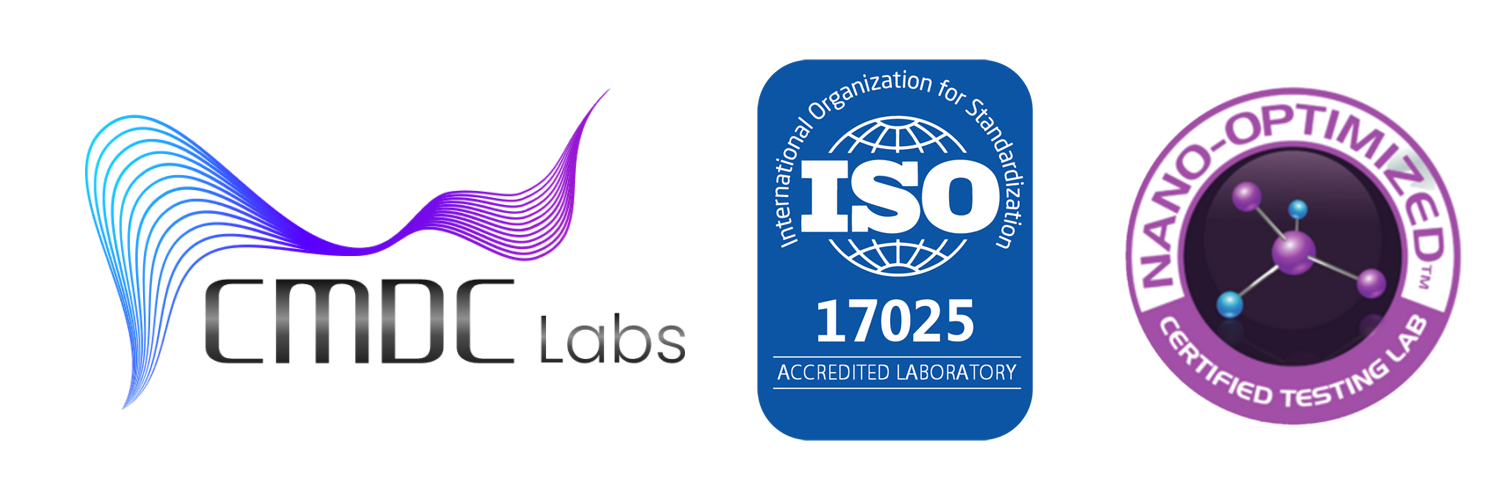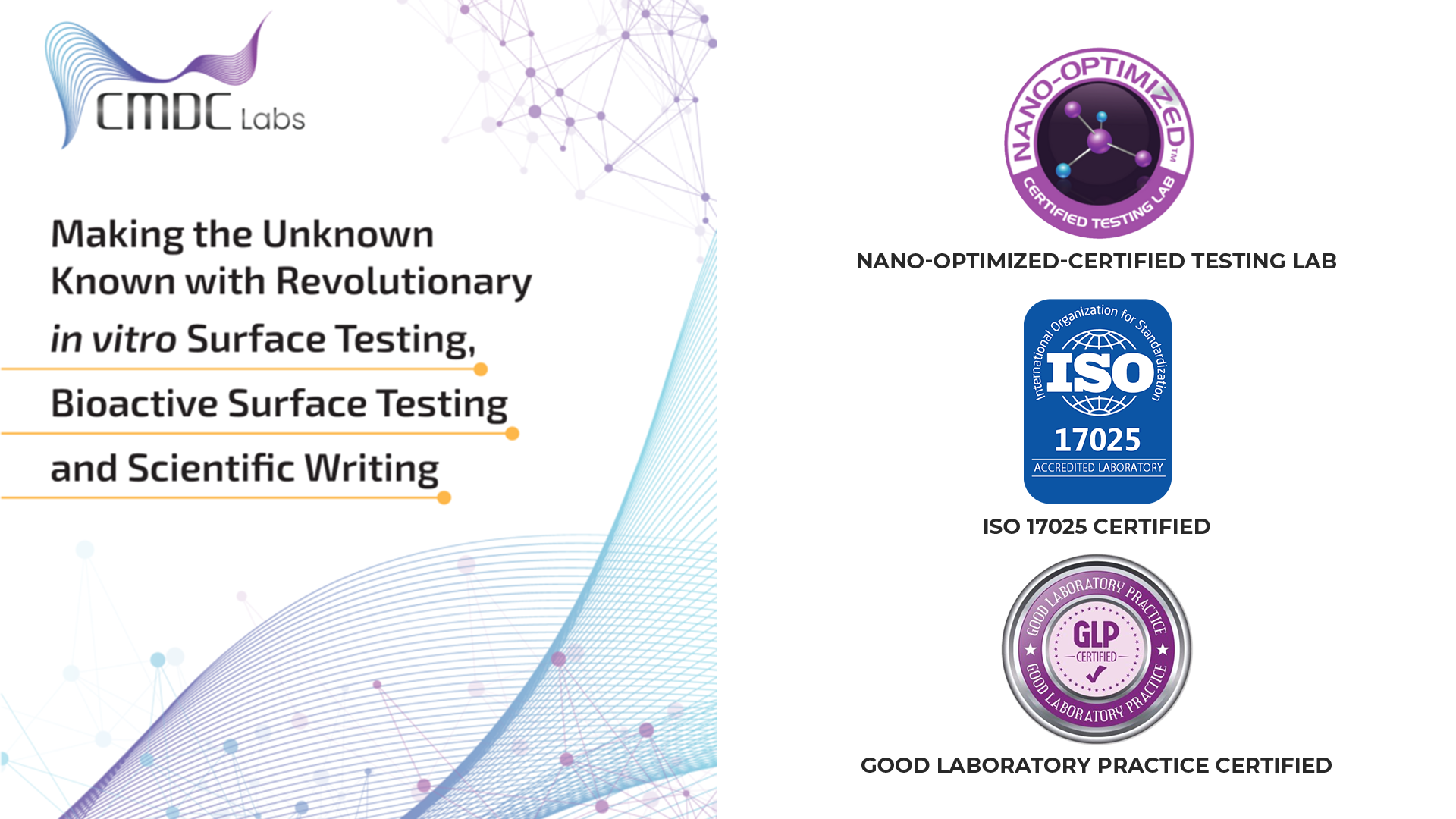Microbial contamination poses a significant risk to food safety, with the potential to cause foodborne illnesses and outbreaks. To mitigate these risks, rigorous testing methods are essential for detecting and quantifying microbial pathogens in food and beverages. The Association of Official Analytical Chemists (AOAC) plays a crucial role in this domain, offering validated and standardized methods for microbial testing. In this comprehensive guide, we explore the potential of AOAC microbial testing methods, their applications, and the benefits they offer to the food industry.
Understanding AOAC Microbial Testing Methods: AOAC microbial testing methods encompass a wide range of techniques designed to detect, enumerate, and identify microbial contaminants in food products. These methods are based on scientific principles and validated through collaborative studies and interlaboratory trials to ensure accuracy, reliability, and reproducibility. AOAC offers methods for various microbial pathogens, including bacteria, fungi, viruses, and parasites, covering both conventional and molecular-based approaches.
Applications of AOAC Microbial Testing Methods: AOAC microbial testing methods find applications across the food industry, including:
- Pathogen Detection: AOAC methods enable the rapid and reliable detection of pathogenic microorganisms, such as Salmonella, Escherichia coli (E. coli), Listeria monocytogenes, and Campylobacter spp., in food matrices. These methods are essential for ensuring the safety of ready-to-eat foods, meat and poultry products, dairy products, fruits, vegetables, and seafood.
- Shelf-Life Assessment: Microbial testing methods provided by AOAC facilitate the evaluation of product shelf life by monitoring microbial growth and spoilage organisms. By quantifying microbial populations and assessing their impact on product quality and safety, manufacturers can make informed decisions regarding storage conditions, packaging, and distribution to extend shelf life and minimize food waste.
- Quality Control: AOAC methods play a vital role in quality control and assurance programs implemented by food manufacturers and regulatory agencies. These methods are used to monitor production processes, raw materials, and finished products for microbial contamination, ensuring compliance with food safety standards and regulations.
Benefits of AOAC Microbial Testing Methods: The adoption of AOAC microbial testing methods offers several benefits to the food industry:
- Accuracy and Reliability: AOAC methods undergo rigorous validation to ensure accuracy, reliability, and reproducibility across different laboratories and testing conditions. This ensures confidence in the accuracy of test results and facilitates regulatory compliance and product safety.
- Standardization and Harmonization: AOAC standards promote standardization and harmonization of microbial testing methods, enabling consistency and comparability of results. This facilitates communication and collaboration among stakeholders and ensures interoperability of testing protocols and data.
- Regulatory Compliance: AOAC methods are widely recognized and accepted by regulatory agencies worldwide, including the U.S. Food and Drug Administration (FDA) and the European Food Safety Authority (EFSA). Compliance with AOAC standards is often a prerequisite for regulatory approval and certification, facilitating market access and international trade.
Conclusion: In conclusion, AOAC microbial testing methods play a critical role in ensuring the safety and quality of food products. By offering validated and standardized methods for pathogen detection, shelf-life assessment, and quality control, AOAC contributes to the prevention of foodborne illnesses, regulatory compliance, and consumer confidence. The adoption of AOAC methods enables food manufacturers to mitigate microbial risks, enhance product safety, and maintain market competitiveness in an increasingly complex and dynamic food industry landscape.

